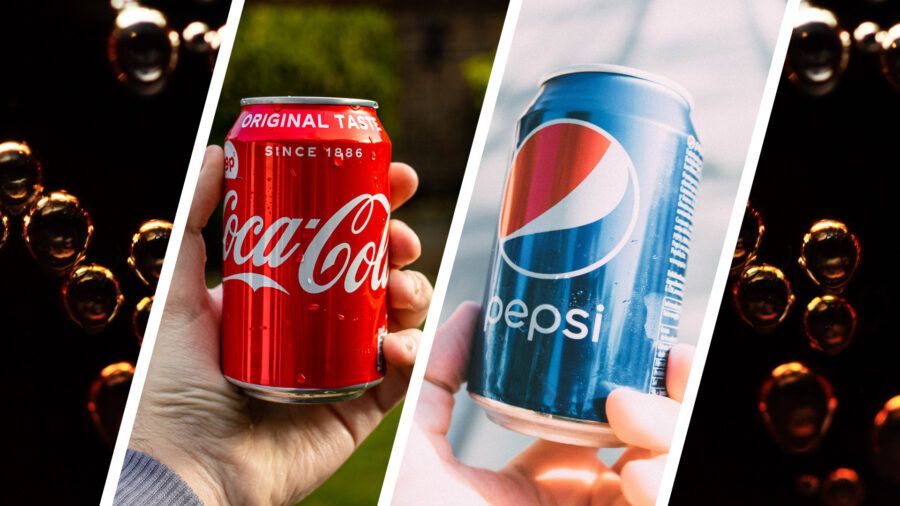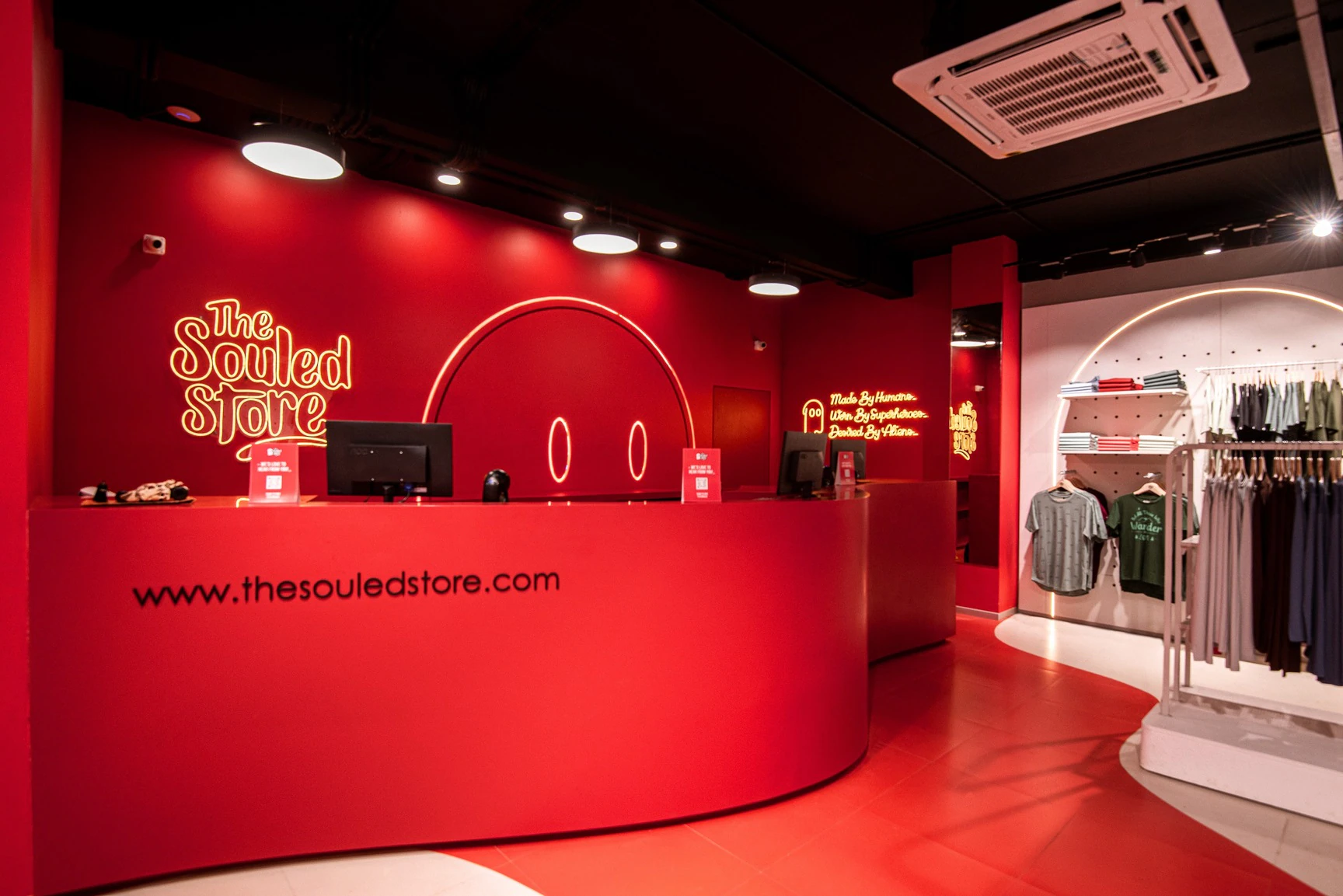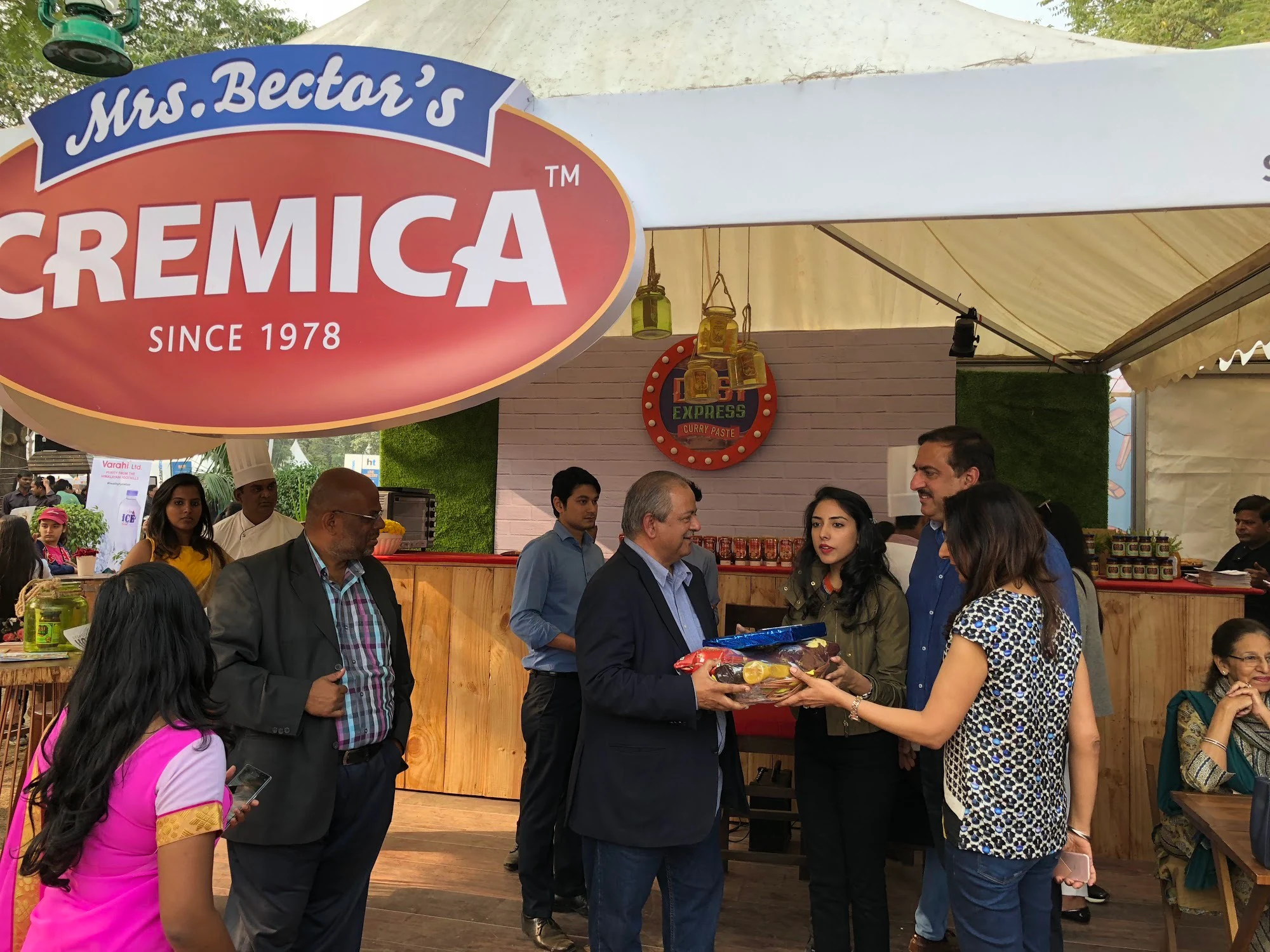When it comes to soft drinks, two names reign supreme: Coca-Cola and Pepsi. This fizzy rivalry has been bubbling over for more than a century, influencing pop culture in ways that go beyond just taste. From iconic ads to memorable brand deals, the cola wars have shaped everything from our favourite snacks—think Coca-Cola with samosa—to the music we listen to and the movies we watch.
In this blog post, we’ll take you on a journey through the origins of these beloved beverages and their relentless quest for popularity. We’ll dive into legendary advertising campaigns that captured hearts (and stomachs) worldwide while exploring how taste tests transformed perceptions. You might be surprised by how deeply intertwined these brands are with cultural phenomena today! So grab your favourite drink and settle in as we uncover the fascinating saga of Coca-Cola vs Pepsi in pop culture.
The Origins of Coca-Cola and Pepsi
Coca-Cola was born in 1886 when Dr. John Stith Pemberton, a pharmacist from Atlanta, concocted a caramel-colored syrup. Originally intended as a medicinal tonic, it quickly became popular for its refreshing taste.
Meanwhile, Pepsi emerged a decade later in 1893 thanks to Caleb Bradham. He created “Brad’s Drink,” blending sugar, water, lemon oil, and cola nuts to energize customers. It wasn’t until 1898 that the drink adopted the name we know today—Pepsi-Cola.
Both brands found their footing during an era of innovation and competition in soft drinks. The rise of bottling companies helped distribute these fizzy delights far beyond local pharmacies and soda fountains. As they evolved from simple tonics into beloved beverages, Coca-Cola and Pepsi laid the foundation for one of history’s most iconic rivalries in consumer culture.
The Battle for Popularity: Advertising Wars
The rivalry between Coca-Cola and Pepsi is legendary, rooted deeply in their advertising tactics. Each brand has crafted memorable campaigns that resonate with consumers on emotional levels.
Coca-Cola often emphasizes nostalgia and happiness. Their holiday ads featuring Santa Claus or the iconic polar bears have created a warm, fuzzy connection with audiences. These visuals evoke memories of family gatherings and celebrations.
Pepsi, on the other hand, leans into pop culture. With celebrity endorsements from icons like Michael Jackson to Beyoncé, they tap into trends and youth culture. Their bold commercials are designed to be fresh and edgy.
This clash of strategies has kept both brands relevant for decades. The competition pushed each company to innovate continuously in their advertising approaches, captivating generations along the way. From catchy jingles to viral campaigns, this battle remains one for the ages—keeping fans engaged across platforms.
Taste Tests and the
Taste tests have long been a battleground for Coca-Cola and Pepsi, with fans passionately defending their favorite. These blind taste tests often reveal surprising results. Many people assume they can easily identify which cola is which, but the outcome frequently challenges that belief.
Coca-Cola’s rich vanilla undertones contrast sharply with Pepsi’s citrusy sweetness. Each sip offers a unique experience that reflects personal preference more than brand loyalty.
These contests aren’t just casual bets among friends; they’re marketing goldmines too. Brands cleverly utilize such events to highlight their strengths while capitalizing on public excitement.
The stakes are high in these taste showdowns, as companies aim to sway consumers’ opinions through comparative experiences rather than just flashy advertisements.
This playful rivalry fuels social media conversations as well, where participants eagerly share results and opinions in real-time. Taste tests bring an interactive element to the age-old Cola Wars, making every sip count.
Cultural Impact: Influencing Music, Movies, and More
Coca-Cola and Pepsi have transcended mere beverages to become cultural icons. Their influence permeates music, movies, and even fashion.
For instance, think about the iconic scenes in films where a chilled Coca-Cola can is shared among friends or used as a refreshing treat paired with samosas. These moments resonate widely, elevating brand visibility.
In music, both brands have collaborated with artists for catchy commercials that capture attention. From pop anthems to hip-hop tracks mentioning their names, they’ve woven themselves into the fabric of popular culture.
Television has not been left behind either. Memorable ad campaigns featuring celebrities often generate buzz long after airing. The playful rivalry between these two giants creates engaging content that keeps audiences talking.
Their presence extends beyond screens; limited-edition merchandise and collaborations with designers make them fashionable statements too. This synergy showcases how deeply rooted they are in our everyday lives.
The Cola Wars Today: Social Media and Brand Loyalty
The Cola Wars have taken a modern twist, with social media at the forefront of brand loyalty strategies. Both Coca-Cola and Pepsi harness platforms like Instagram, TikTok, and Twitter to engage younger audiences. Creative campaigns often go viral, sparking conversations that extend beyond mere advertising.
Coca-Cola’s iconic ads still resonate but are now complemented by influencer partnerships. Efforts such as “Coca-Cola with samosa” highlight local tastes while promoting cultural connections.
Pepsi counters with bold initiatives featuring celebrities in their commercials. Collaborations often make headlines and keep them relevant among diverse demographics.
User-generated content fuels these rivalries further. Fans share experiences, whether it’s a refreshing drink on a hot day or enjoying snacks alongside cola favorites. Engagement is key; brands respond quickly to feedback and trends.
Both companies continue to adapt in an ever-evolving digital landscape for customer loyalty amidst fierce competition.
Controversies and Scandals
The world of Coca-Cola and Pepsi is not without its share of controversies. Throughout their rivalry, both brands have found themselves embroiled in scandals that shaped public perception.
One notable incident occurred when Pepsi was accused of misleading advertising regarding the health benefits of its products compared to Coca-Cola. This sparked debates about truthfulness in marketing and led to stricter regulations on advertising claims.
Moreover, recalls have also impacted brand trust. Coca-Cola faced backlash over a contamination scare years ago, causing consumers to question product safety. Similarly, Pepsi has had its fair share of issues with ingredient sourcing that raised eyebrows among health-conscious shoppers.
Adding fuel to the fire are occasional celebrity endorsements gone wrong. Both companies have partnered with high-profile figures who sometimes find themselves at the center of personal controversies or social media mishaps, causing reputational damage for the brands involved.
These situations illustrate how brand loyalty can be fragile. Consumers often react strongly when they feel misled or betrayed by companies they support. Therefore, navigating these waters requires careful management from both Coke and Pepsi as they strive to maintain market dominance while managing public relations crises.
As we look ahead, it’s clear that this cola rivalry will continue evolving amid shifting consumer expectations and new challenges in an ever-connected digital landscape—reminding us all that even iconic brands need to tread carefully.




